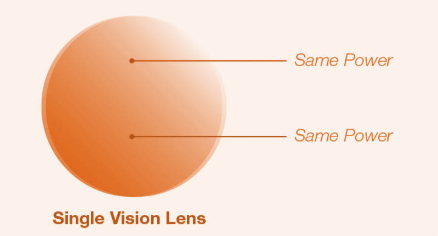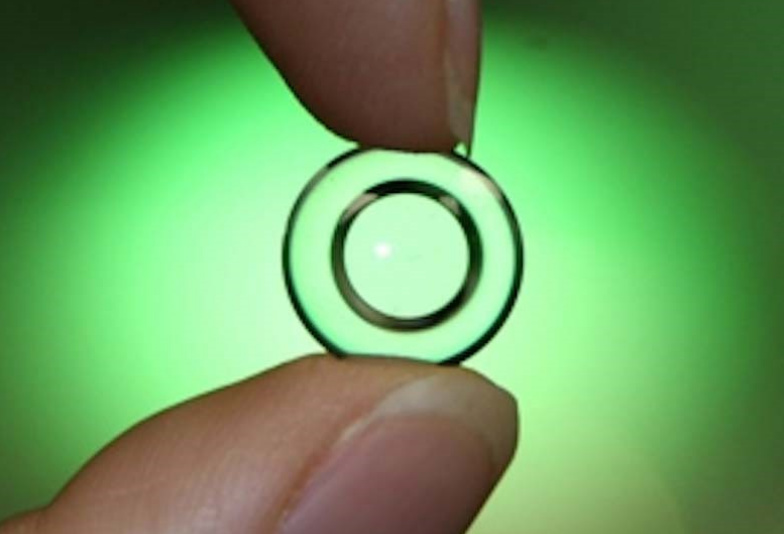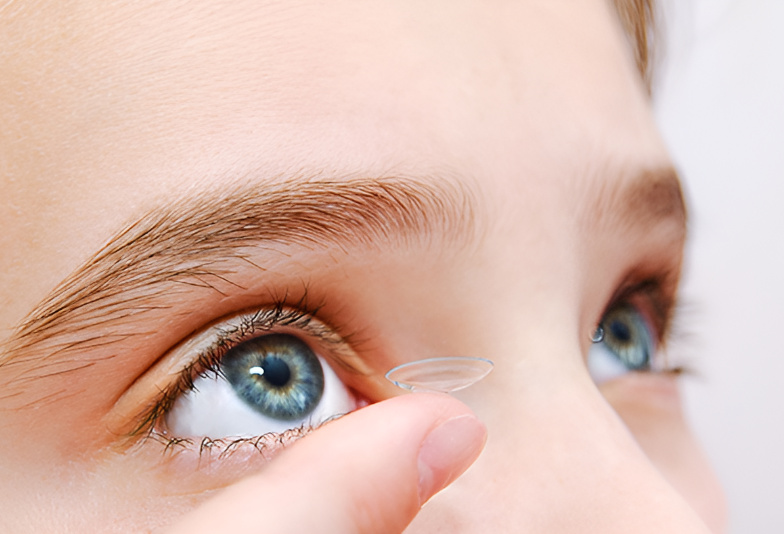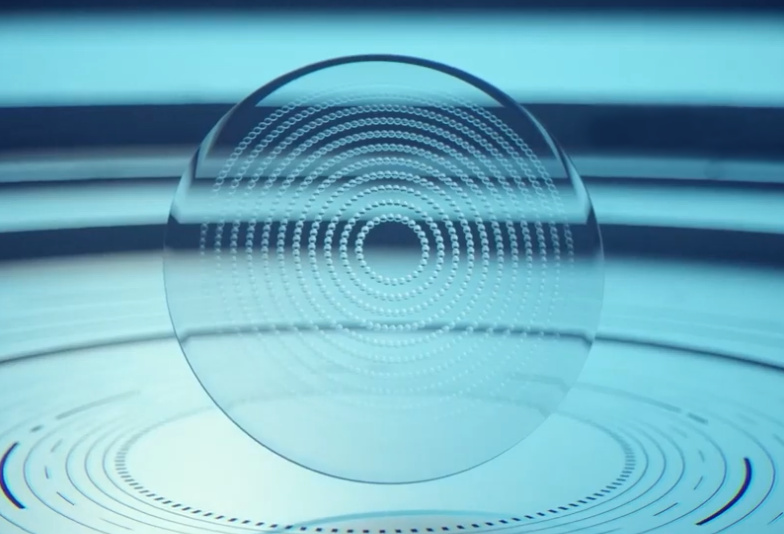Myopic Control
Myopia Control: Slowing the Progression of Short-Sightedness
Why Is Myopia Control Important?
Myopia control aims to slow down the progression of short-sightedness in children, potentially reducing the risk of severe eye conditions later in life. High myopia significantly increases the risk of glaucoma, retinal degeneration, retinal detachment, cataracts, choroidal neovascularization (CNV), and macular degeneration, all of which can lead to vision loss.
Why Do Ordinary Myopic Glasses Contribute to Progression?
Myopia control aims to slow down the progression of short-sightedness in children, potentially reducing the risk of severe eye conditions later in life. High myopia significantly increases the risk of glaucoma, retinal degeneration, retinal detachment, cataracts, choroidal neovascularization (CNV), and macular degeneration, all of which can lead to vision loss.

Proven Methods of Myopia Control
Optometrists and researchers have developed three effective approaches to slow down myopia progression:
- Orthokeratology (Night-wear Contact Lenses) – Up to 88% myopia control effectiveness
- Myopia Control Lenses for Children – Up to 59% effectiveness
- Defocus-Incorporated Soft Contact Lenses – Up to 50% effectiveness
Summary: Choosing the Right Myopia Control Method
|
Method |
Effectiveness |
Best For |
|
Ortho-K (Nightwear Contact Lenses) |
Up to 88% |
Active children, water sports, dry eyes, high myopia |
|
Myopia Control Glasses |
Up to 59% |
Children uncomfortable with contact lenses |
|
Defocus-Incorporated Soft Contact Lenses |
Up to 50% |
Children who prefer soft lenses over Ortho-K |
Our optometrists will assess your child’s prescription, lifestyle, and eye health to recommend the best myopia control strategy. Schedule a consultation to explore your options today.
Ways of Myopia control
Orthokeratology

Defocus-Incorporated Soft Contact Lenses

Myopia Control Lenses for Children

